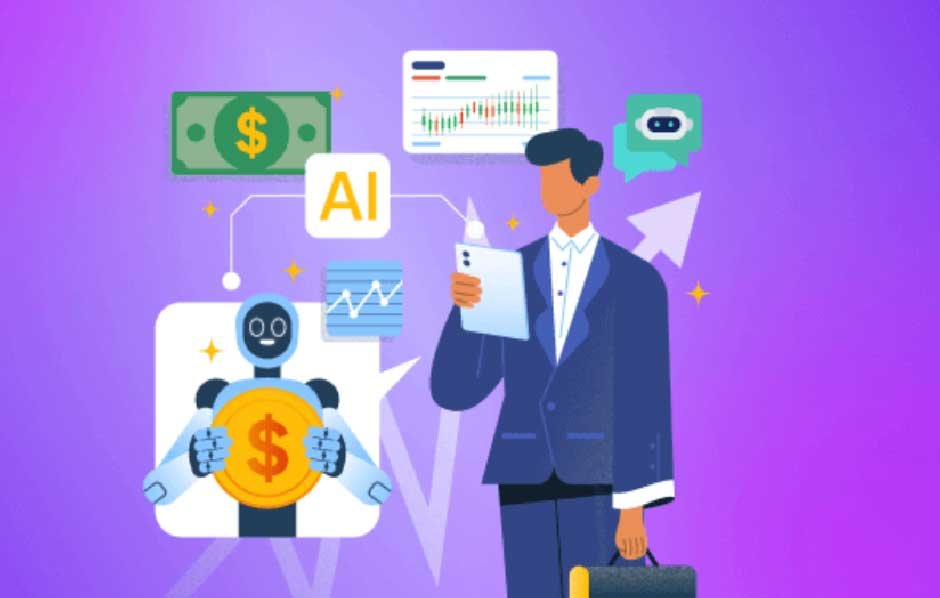Skip to the good bit
ToggleIT departments are constantly under pressure. In the present-day scenario, they must operate more efficiently, adopt greener practices, and conserve energy to enhance their productivity.
Moreover, with increasing energy costs and environmental accountability among businesses, there’s a massive push toward sustainable IT practices.
As more businesses look to pivot towards sustainability, enterprise AI platforms that facilitate this are gaining popularity. These automated intelligent systems perform IT tasks while minimizing the environmental impact.
Want to know how these AI platforms drive sustainable IT practices? Keep reading to find out.
1. Quick and Energy-Efficient Anomaly Detection
In traditional systems, issues can take days or even weeks to get resolved. While experts diagnose the problems, the system continues to run, consuming resources unnecessarily.
Professionals are constantly forced to monitor logs and manually identify threats. This consumes an astonishing amount of energy.
If businesses switch to enterprise AI solutions with deep system models, they can resolve these tasks within mere minutes. This way, they can efficiently reduce idle server time, energy costs associated with troubleshooting, and unnecessary computational cycles.
With the help of machine learning models, the system identifies high-risk anomalies and alerts the team to initiate prompt action. Therefore, there is no need to check every single byte of data anymore.
2. Automated Incident Response
When using a traditional system, human intervention is always required to neutralize threats. Thus, there’s a need for 24/7 security operations, demanding both energy and manual costs.
If there is no round-the-clock support, fixes are delayed, resulting in the system operating at suboptimal levels. Thus, it results in increased power consumption, additional cooling requirements, and the need for extra hardware and manpower to manage it.
The right AI solution automates incident response, eliminating the need for significant human intervention. It also means no more large teams of analysts drowning in piles of data.
Overall, it reduces the dependency on manpower and the expenses associated with large office spaces and energy bills.
3. Reduced Waste Production
Outdated security systems generate high volumes of electronic waste, resulting in the rapid turnover of IT hardware.
An AI-driven IT system can help. It runs efficiently using modern infrastructure, minimizing the need for frequent updates. The cloud-based architecture allows businesses to eliminate the need for deploying extra physical security appliances that become outdated quickly.
The right AI system will also let business use old and reliable systems and reduce the chances of discarding them too early.
Moreover, AI systems identify concerning issues early on, which prevents them from turning into long-term problems. For instance, they can spot disk exhaustion, memory leaks, and CPU overheating and take corrective steps, such as load shifting, log clearing, or service restarting. This ensures fewer hardware failures and a longer device lifespan.
4. Sustainable Data Management Practices
Another issue in IT is the management of data storage and processing. They also stand out as the leading sources of energy consumption. A reliable AI system promotes sustainability using smart data retention policies.
In traditional systems, all logs are stored indefinitely, which is a wasteful practice. However, by utilizing AI, the system can retain only the most critical data, thereby minimizing the storage footprint and energy requirements of data centers.
The system also efficiently filters out irrelevant noise in threat intelligence feeds, processing only necessary data and eliminating the rest.
5. Continuous Learning Curve
These AI platforms can assess and learn from the IT ecosystem. They are trained to dive deep into problems like human employees, ensuring they make wise decisions.
With every fix becoming a learning opportunity, the system can continually transform into a smarter version of itself, requiring no human intervention.
6. Predictive Maintenance for Hardware Lifespan
Traditional IT practices rely heavily on continuous monitoring processes. With AI-powered solutions, businesses can utilize predictive maintenance for IT infrastructure to assess patterns in system vulnerabilities.
The AI platform lets businesses maintain their hardware and avoid energy-consuming emergency repairs. Again, it extends the longevity of critical infrastructure and minimizes the replacement cycles.
It can also schedule security tasks that require additional resources, such as deep scans, during off-peak hours, especially when renewable energy is available. This reduces the pressure on power grids.
Final Words
Enterprise AI platforms are the secret to the IT sustainability of businesses. They resolve issues more quickly, minimize hardware strain, and provide scalable support without requiring significant investment. Embracing this technology enables businesses to stay ahead and achieve greater success.







